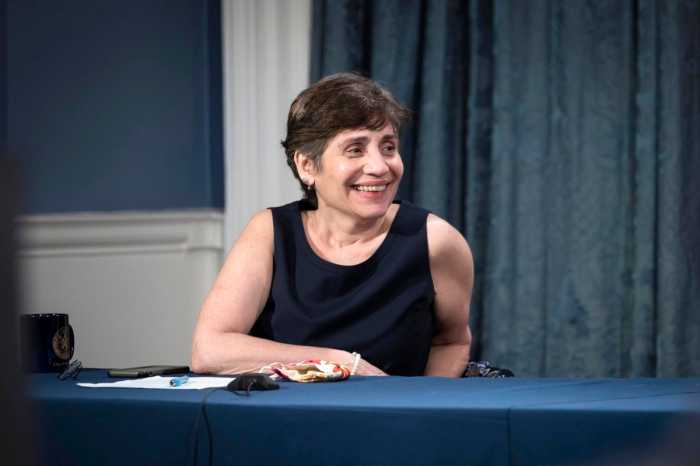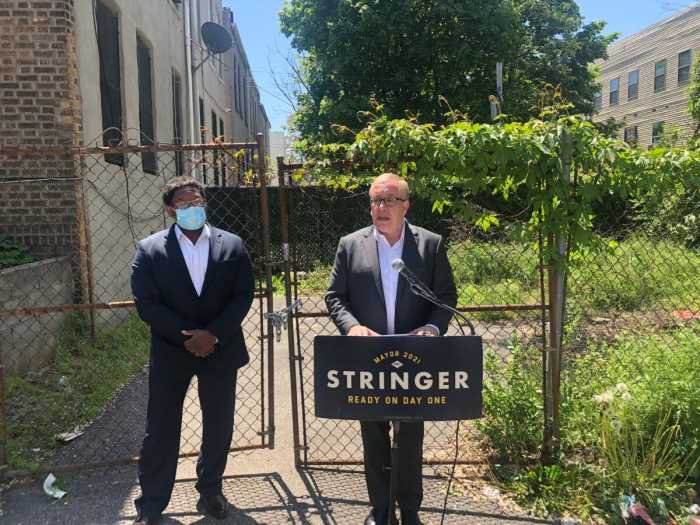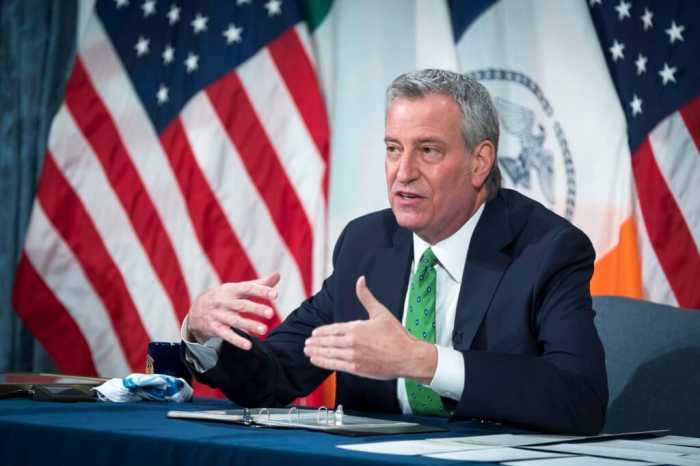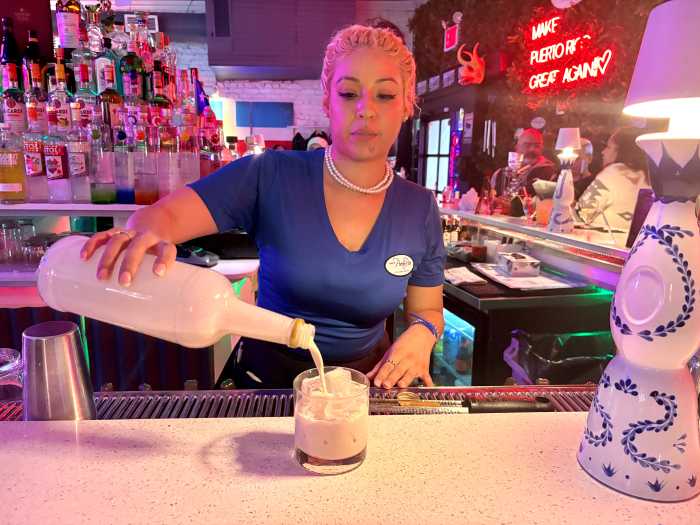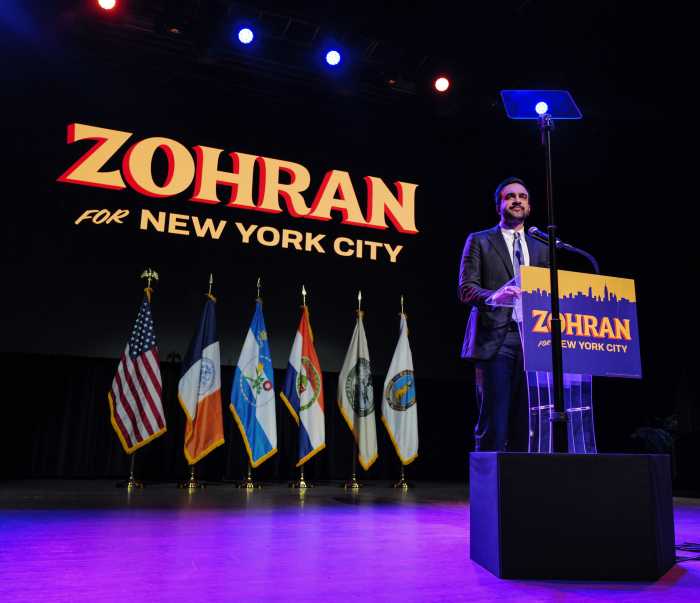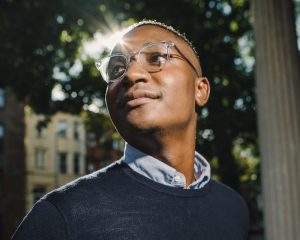
When I was in the 5th grade, my public schools arts program commissioned its gaggle of determined ten-year-olds to interpret the timeless works of William Shakespeare. I played Macbeth. The experience, and the surrounding program that allowed it, taught me countless skills, including public speaking and the confidence to stand in front of a crowd to begin with.
Throughout childhood, we spend the majority of our waking hours in school. Many would hold that, given limited public money, school funding should be focused primarily on “core” subjects, like math and science, while relegating the arts to a second-class status. This is a mistake. The arts are not an accessory to make the most privileged schools more fun and colorful, they are essential — just as necessary to a well-rounded education as their STEM counterparts. Art is central to education and to our youth in their personal development and growth in school and beyond.
That my neighborhood elementary school offered such an opportunity was a stroke of luck whose benefits my classmates and I continue to reap. As it stands, arts access is extremely segregated, with the most wealthy schools offering plenty of fulfilling programs while schools with low-income student bodies may have no arts access at all.
It is time that changes. The City can make that change with a guaranteed level of arts funding for every student.
The arts aren’t just for fun (although there is plenty of that) – they are instrumental in that they boost mental health and academic performance, and support career and college readiness and emotional well-being. One student at a time, the arts will help our children and our City ultimately recover from the pandemic.
The pandemic has had detrimental effects on everyone’s mental health, especially young students. Depression and anxiety levels soared during the first year of the pandemic, intensifying among young adults: more than one-in-three high school students experienced poor mental health (37.1%), and 44.2% of students experienced persistent feelings of sadness or hopelessness.
Fortunately, arts education can help students reverse the losses caused by the COVID–19 pandemic. Preliminary findings of an ongoing study done by University College London show that just 30 minutes of active arts activities daily lowers anxiety and depression while increasing life satisfaction. The arts make us feel less alone, connecting us to other peers.
Another benefit of arts education is that it introduces young New Yorkers to careers in the cultural workforce including costume stitchers, audio engineers, museum curators, and more. These are crucial jobs that are part of a multi-billion dollar industry that contribute to 13% of the City’s GDP. My time in school productions taught me about professions in building sets, sound engineering, and vocals. These jobs can be seen as inaccessible to Black and brown students who may not have been exposed to these opportunities if arts funding has been cut from their schools.
The arts also help students develop social and emotional skills that translate to fuller, more stable lives. They foster social and emotional skills that boost work productivity and teach young people to manage conflicts. According to a 2015 study by the National Bureau of Economic Research, jobs requiring high levels of social interaction made up a growing share of the U.S. labor force. After-school programming – such as painting, claymation, and theater productions – foster a student’s development of social skills in ways that a regular school period cannot. Dedicated arts time allows students to safely explore all sides of themselves and engage critically with the world around us.
That’s why I am committed, along with my fellow Council Members, to acknowledge that it starts with the arts in this year’s city budget. In our budget response, thanks to Finance Chair Justin Brannan, Majority Leader Keith Powers, and Education Chair Rita Joseph, we call for a minimum $100 per student allocation to the DOE budget, up from $79.62 per student, for arts instruction. This would give schools the resources needed to meet New York State Education Department (NYSED) arts instructional requirements. With this money, a principal can pay for arts supplies, build community partnerships and hire certified arts teachers.
This money could make or break a student’s future. The mayor himself has spoken about the need for students – especially students of color – to have access to new experiences like the arts in order to grow and develop to their full potential. So I am hopeful the Adams Administration, which did not include this budget line in its executive budget, will add this life-changing funding in the final budget.
As a Council Member, I am dedicated to guaranteeing a rich arts education to all students to give them the same tools it gave me. We must adopt a budget that recognizes that it starts with the arts.
City Council Member Chi Ossé represents the Brooklyn neighborhoods of Bedford-Stuyvesant and Northern Crown Heights.



